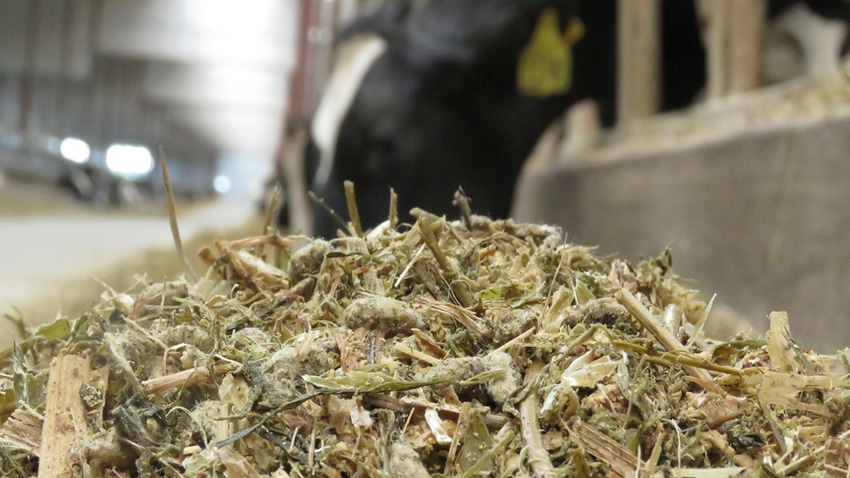A nutritionist’s perspective: Is whole cottonseed worth the cost?
Explore the perspective of independent nutritionist Carmen Monson as she share insights on whether the benefits of whole cottonseed outweigh the cost.
March 1, 2024

High-input costs, low forage reserves and an unpredictable supply chain have elevated challenges within the dairy industry. Some products typically integrated into feed programs, such as palm fats, are on allocation, giving nutritionists another factor to work around. If milk prices remain steady, operators can find ways to work around these issues, but everything could change at the drop of a hat.
“The market is extremely volatile today,” said Carmen Monson, independent nutritionist and owner of Monson Consulting. “We used to get nervous when milk prices would change by 50 cents, but now they go up and down by dollars.”
Taking all of this into account, and knowing feed is the largest expense in a dairy operation, many producers may be wondering which feed ingredients are worth the cost when profit margins are tight.
Monson believes the answer is different for every operation. Overall, she tries to make ingredient decisions as simple as possible based on herd health, production goals and return on investment.
Whole cottonseed is a feedstuff she typically recommends because it delivers on three key components for milk production: fat, fiber and protein.
“I look at several factors when working with dairy producers. Cottonseed offers good value because of its nutrient composition and can fill in nutrition gaps when other ingredients are cost prohibitive or unavailable,” explained Monson.
Calculating the value
Creating a ration that’s nutritious and effective is no easy task when supplies are tight and costs are high.
Monson begins by identifying the goals of the farm. She works with a variety of conventional and organic dairies that optimize feed for milk production, milk components and some genetic breeding. Each one requires a different ration to support health and performance.
She then builds the foundation of the feed program with ingredients already available on the farm. Fiber, the most essential nutrient needed in a feed program, can be easily supplied through hay and corn silage. If forages are low, whole cottonseed is an option that’s high in digestible fiber and delivers fat and protein to enhance milk production.
“Cottonseed works well to bridge nutritional gaps. It’s high in digestible fiber, which is great for supplementing low-quality forage. It also offers a slow release of fat since the oil is trapped within the hull, making it a good source of energy that lasts,” said Monson.
When the price rises or supply is limited, Monson often recommends keeping cottonseed in the ration because of its nutritional impact, but she just reduces the amount. Other ingredients like palm fats are eliminated to make way for cost-effective replacements.
“It’s a complex and complicated process but very rewarding when we get it right. Some online tools and software resources I use to help piece together the puzzle are Sesame, FeedVal and Milk Pay,” said Monson. “Dairy producers interested in managing risk should take a look at an app called Zisk aimed at simplifying the process.”
The answer
With the potential for better milk production and improved ease of handling, whole cottonseed is a great option to add into dairy rations right now. Consult your nutritionist to determine the right decision for your operation.
For additional resources on sourcing whole cottonseed including tackling transportation barriers and how to secure product at the best price, visit wholecottonseed.com.
Legal:
AMERICA'S COTTON PRODUCERS AND IMPORTERS. Service marks/trademarks of Cotton Incorporated. ©2024 Cotton Incorporated. The Seal of Cotton is a trademark of Cotton Incorporated.
You May Also Like




